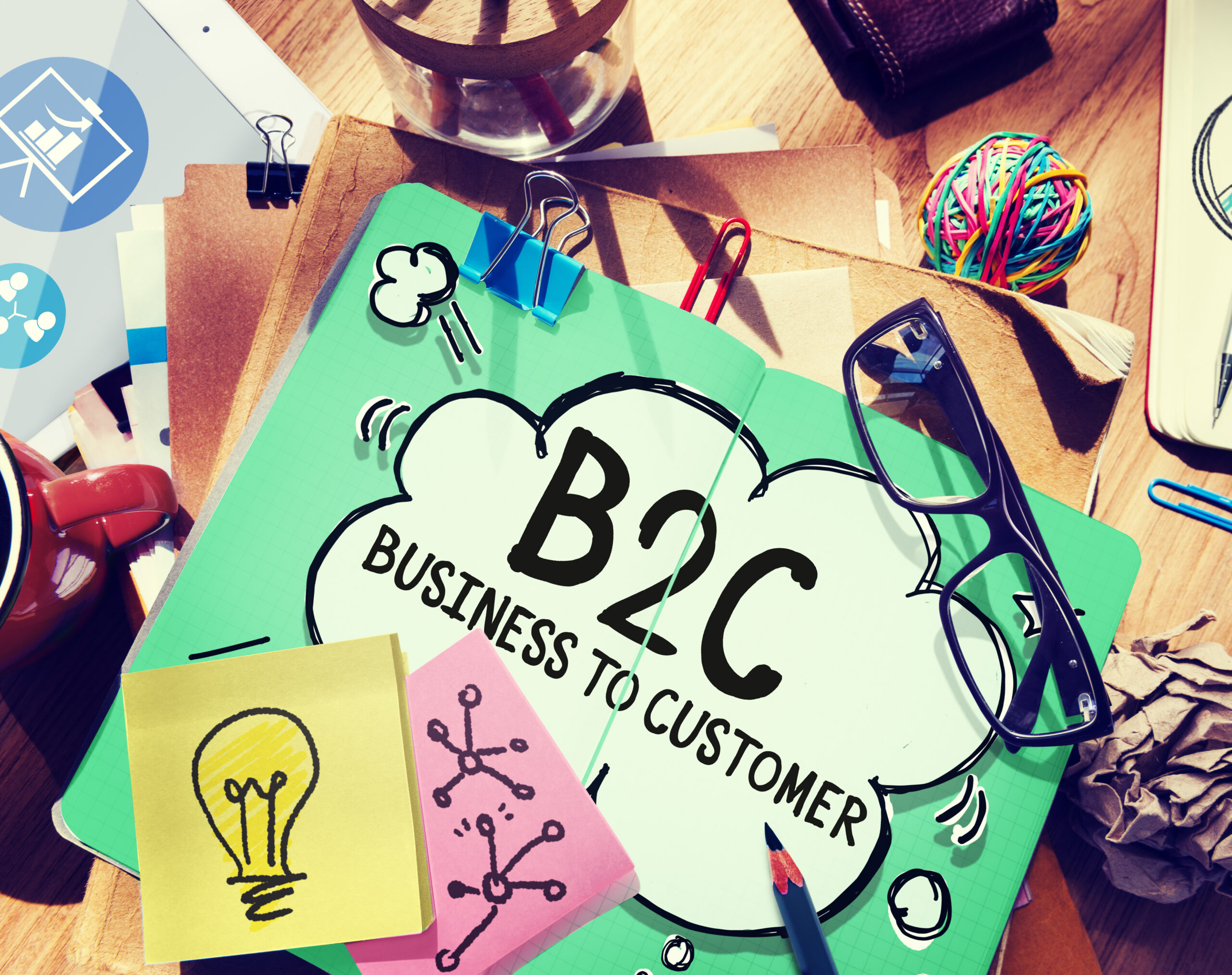You’re scrolling through your feed, dodging yet another ad promising “life-changing” results from a brand you’ve never heard of. Your eyes glaze over.
You’re scrolling through your feed, dodging yet another ad promising “life-changing” results from a brand you’ve never heard of. Your eyes glaze over. You’ve seen it all before—the flashy logos, the over-the-top slogans, the “limited-time offers” that never seem to end. In 2025, customers aren’t just skeptical; they’re practically allergic to this kind of marketing noise. As an entrepreneur or marketer, you know the game has changed. Brand trust in 2025 isn’t built on slick campaigns or empty promises—it’s about cutting through the clutter with authentic branding that feels real, relatable, and reliable. So, how do you build customer trust without falling into the trap of traditional marketing fluff? Let’s dive into the no-BS strategies that actually work.
In a world where every brand claims to be “the best,” transparent marketing is your secret weapon. Customers today can smell inauthenticity from a mile away. They want to know who’s behind the brand, what you stand for, and whether you’re hiding anything. A 2024 Edelman Trust Barometer report found that 63% of consumers trust brands that openly share their values and business practices. That’s not just a stat—it’s a wake-up call. Take a hypothetical startup, “GreenVibe,” a sustainable clothing brand. Instead of vague claims like “eco-friendly,” GreenVibe shares detailed blog posts about their supply chain, including where their cotton comes from and how their factories reduce waste. They even admit when they hit roadblocks, like a delayed shipment due to stricter environmental regulations. By being upfront, they turn potential criticism into a trust-building moment. Honest brand communication isn’t about perfection—it’s about showing your cards, even when the hand isn’t perfect. Create a “Behind the Brand” page on your website or a video series on social media. Share your process, your challenges, and even your mistakes. Customers will respect you for it.
Let’s be honest—nobody cares about your profit margins. What they do care about is why you exist beyond making a buck. Purpose-driven branding is a cornerstone of trust-based marketing in 2025. According to a 2024 Cone Communications study, 87% of consumers are more likely to buy from brands that advocate for issues they care about. But here’s the catch: your purpose can’t just be a catchy tagline. It has to be woven into everything you do. Consider “BrewGood,” a fictional coffee company that donates 10% of profits to clean water initiatives. They don’t just slap a “we care” badge on their packaging—they share stories of the communities they’ve helped, complete with photos and testimonials. Their social media isn’t just coffee porn; it’s a mix of brewing tips and updates on their water projects. This kind of authentic branding makes customers feel like they’re part of something bigger, which builds customer loyalty that lasts. Identify one cause that aligns with your brand’s values. Then, integrate it into your operations—whether it’s donating a portion of sales, partnering with a nonprofit, or educating your audience. Just make sure it’s genuine, not a marketing stunt.
Nothing tanks brand credibility faster than overpromising and underdelivering. In 2025, customers expect brands to walk the talk—every single time. Whether it’s product quality, customer service, or shipping times, consistency is the glue that holds modern branding strategies together. A 2023 Zendesk report showed that 73% of customers will switch to a competitor after just one bad experience. One. That’s how high the stakes are. Imagine “FitFuel,” a meal prep service for busy professionals. They promise “fresh, healthy meals delivered weekly.” But if a customer gets a soggy salad or a late delivery, that promise is broken. FitFuel counters this by setting realistic expectations—clear delivery windows, transparent ingredient lists, and a no-questions-asked refund policy. They also respond to every customer review, good or bad, with personalized replies. This consistency turns first-time buyers into loyal fans. Audit your customer touchpoints—website, packaging, customer service, social media. Are you delivering the same level of quality and care at every step? If not, fix the weak links before they erode trust.

In the age of social media, customers aren’t just passive buyers—they’re active participants in your brand’s story. Build customer trust by showing them you’re listening. This means engaging with their feedback, whether it’s a glowing review or a scathing complaint. A 2024 Sprout Social study found that 70% of consumers feel more connected to brands that respond to their social media comments. Let’s look at “TechTrend,” a hypothetical gadget startup. When early adopters complained about a buggy app update, TechTrend didn’t just issue a generic apology. They posted a video from their CEO explaining the issue, outlining the fix, and offering a discount to affected users. They also created a community forum where customers could suggest features for the next update. By treating customers like partners, TechTrend turned a PR hiccup into a trust-based marketing win. Set up a system to monitor and respond to customer feedback across platforms. Use tools like Hootsuite or Zendesk to stay on top of comments and reviews. And when you mess up, own it—fast.
Facts and figures are great, but stories are what make your brand memorable. No BS branding means telling stories that resonate on a human level. Whether it’s the founder’s journey, a customer’s success story, or the “why” behind your product, storytelling builds an emotional connection that stats alone can’t. Take “PetPals,” a fictional pet supply brand. Instead of just selling leashes and treats, they share Instagram reels of real customers’ pets—complete with quirky captions about each dog’s personality. They also post about their founder’s rescue dog, who inspired the brand. These stories make PetPals feel like a friend, not just a retailer, fostering brand trust in 2025. Identify 3–5 stories that capture your brand’s essence. Share them through blog posts, social media, or email newsletters. Keep it real—avoid overly polished narratives that feel scripted.
In 2025, brand trust isn’t a nice-to-have—it’s the currency that keeps your business alive. By embracing transparent marketing, leading with purpose-driven branding, staying consistent, listening to your customers, and telling compelling stories, you can build a brand that doesn’t just survive but thrives in a skeptical world. The best part? These modern branding strategies don’t require a massive budget or a team of influencers—just a commitment to being real. So, what’s your next step? Take a hard look at your brand. Are you cutting through the BS or adding to it? Start small: share one honest story, respond to one customer comment, or clarify one promise. Every step toward authentic branding is a step toward customer loyalty. In a world drowning in noise, being the brand that customers can trust is the ultimate competitive edge. What’s one thing you’re doing to build brand credibility this year? Drop it in the comments or share it with your network—let’s inspire each other to keep it real.



COMMENTS